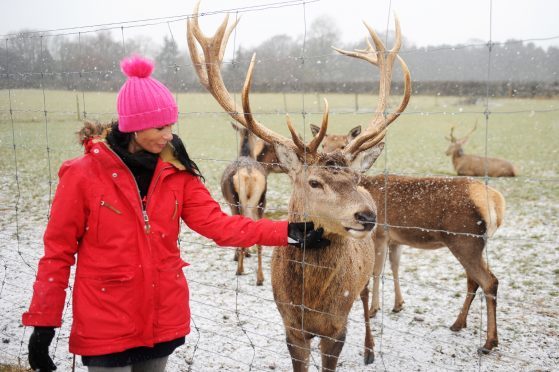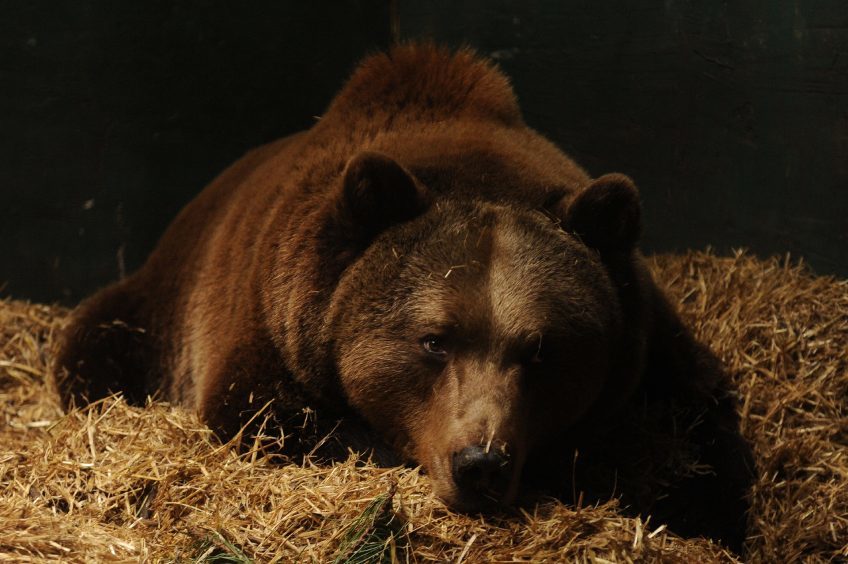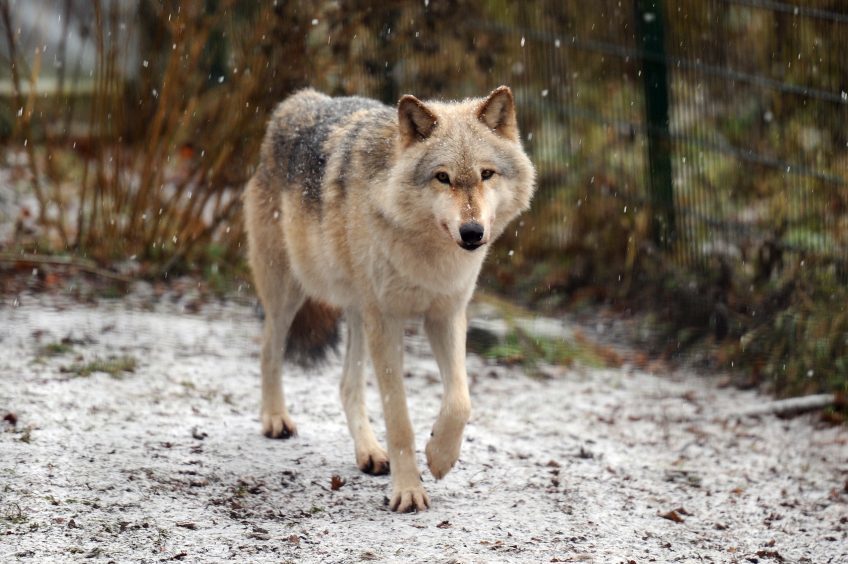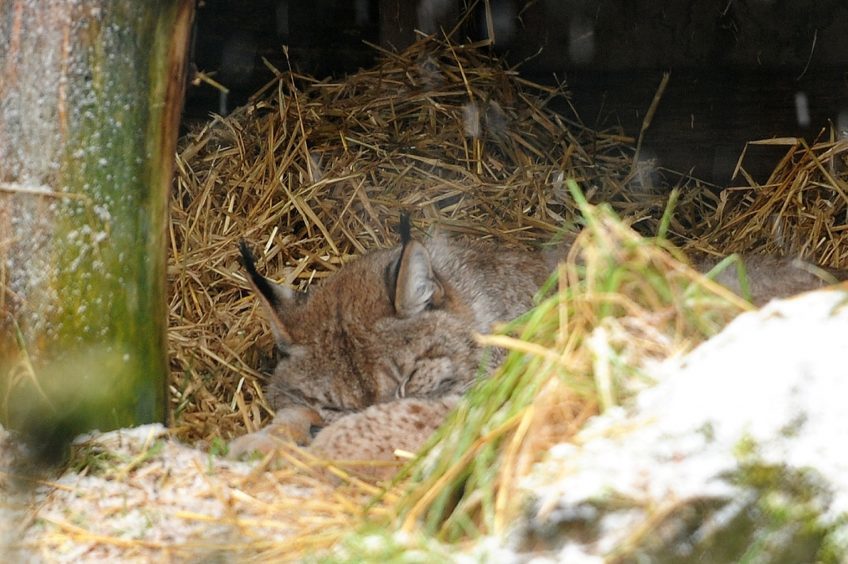Love animals? Then you’ll love the Scottish Deer Centre, which boasts multiple deer species, bears, wolves, lynx and more. Gayle checks out the Fife attraction
The sight of a majestic stag high on a Scottish hill is about as iconic an image as you get.
When I visit the Scottish Deer Centre near Cupar, I’m lucky enough to get up close and personal with one of these impressive beasts.
His name is Argyll, he’s the biggest red deer here and he’s got a massive set of antlers.
Leaning forward to stroke his soft muzzle, I’m in awe – he’s just so handsome!
Argyll is one of the oldest deer at the centre, and while staff aren’t 100% sure of his age, they can tell he’s getting on a bit thanks to his lack of teeth and diminishing antler size.
“In his prime, Argyll would’ve grown antlers way bigger than these,” beams Andrew Hodgkinson, the centre’s education ranger.
Alongside multiple deer species (including red, hog, Chinese water, fallow, sika, muntjac, barasingha, bactrian, axis, white-lipped, reindeer and European elk), the centre invites wildlife fans to meet a vast array of native animals including wildcats, otters, bears, wolves, lynx, foxes and birds of prey.
It’s fantastic to explore the park at your leisure, but you’ll learn more if you go with a ranger.
Andrew, 27, is a veritable font of knowledge, brimming with fascinating facts and amazing anecdotes.
“Did you know reindeer can communicate with their ankles?” he asks. “They have a tendon that makes a clicking sound when they walk. That helps them find each other in snowstorms.”
Another fact is that deer shed their antlers every year – then grow a new set.
“The reindeer is the only deer where male and females grow antlers,” says Andrew. “But while males lose them at the end of the mating season, in early December, females hang on to them until spring, so they can protect their young and defend their food and territory. So Rudolph and his gang are actually girls!”
Deer grow antlers for a variety of reasons, but mainly to battle for females.
“It’s about sexual selection,” says Andrew. “The males posture and show off, and smash antlers together to see who’s got the biggest ones.
“They also roll around in piles of poo and pee, known as self-anointing – to make themselves more appealing.”
With around 400,000 red deer in Scotland – around 50% of which are male – that means there should be around 400,000 antlers lying around the country annually… should it not?
“You’d think there would be mountains of antlers, wouldn’t you?” surmises Andrew.
“But most folk consider themselves lucky to stumble across the odd one. Why is that?
“It’s because deer eat them.” Come again? Deer eat them?
“Yep. They’re full of calcium, salt and minerals and deer really need them,” explains Andrew. “So maybe think twice about taking too many away!”
As we wander past various paddocks, Andrew points out the Pere David’s deer, which came close to extinction in the 1860s.
Its origins are steeped in myth, he tells me. “It was claimed not to be just a deer, but a combination of an ox, a deer, a horse and a donkey.”
Another highlight is meeting the European brown bears, which we find chilling in their enclosure. And then there are the wolves – just wow!
Snow is falling so there’s no sign of any foxes and the lynx is happily snuggled up in his cosy straw bed.
Back at the education room, I meet a giant African land snail and a corn snake.
“There are three pillars of the modern zoo – education, conservation and research,” says Andrew, who is studying for a degree in ecology.
“Lots of staff are involved in conservation via bumblebee surveys and otter specialist groups. And through a partnership with a university, a man camped here to record wolf communication.”
Most animals have been born here at the centre or other parks, but some have been rescued from the wild.
info
The Scottish Deer Centre covers 55 acres of countryside, so there’s plenty oppportunity to enjoy woodland walks, plus an outdoor play area, with sandpit, zip slide, treetop walk and a kart track. There are regular guided tours, feeding sessions, birds of prey demonstrations and trailer rides. www.tsdc.co.uk



















